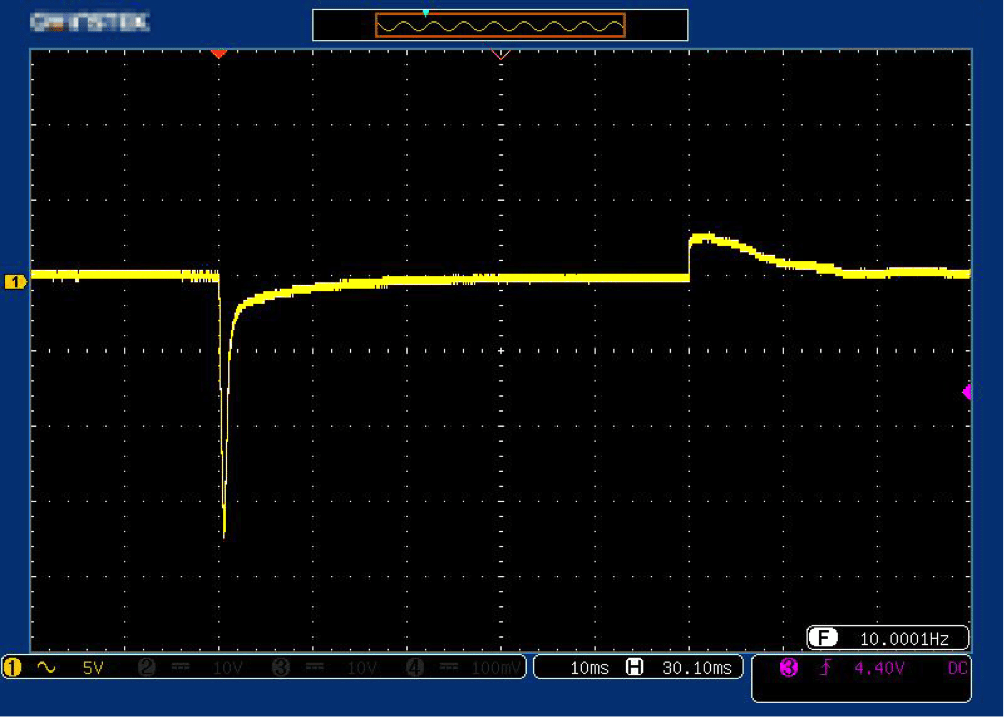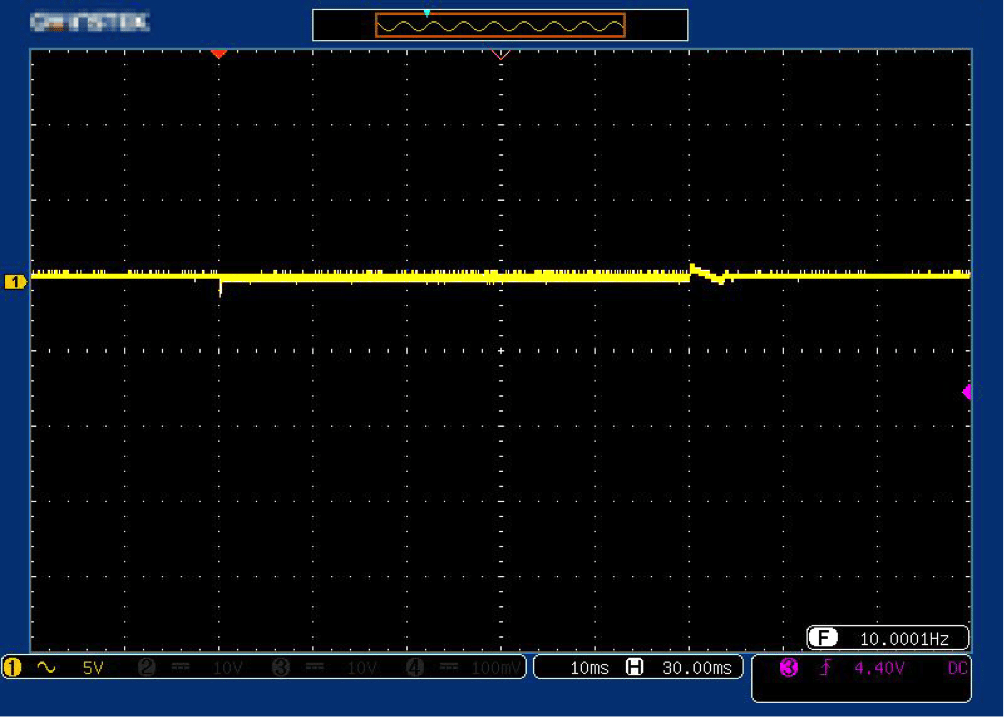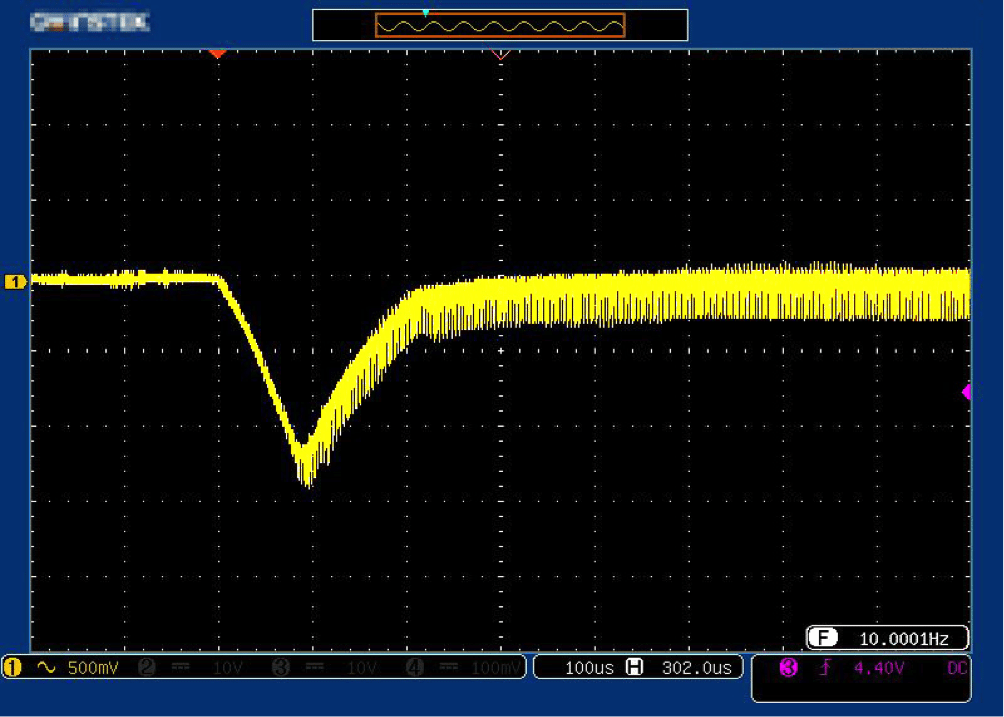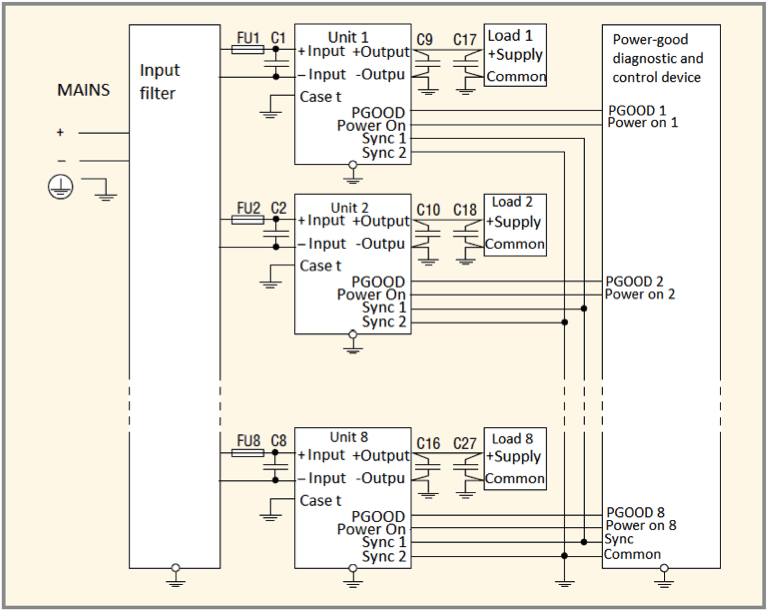Practical solutions
There are a number of application areas of modern electronics that are featured by clear pulse nature of power consumption. For instance, power consumption of contemporary high-performance processor devices directly depends on dynamic load of the processor and can alter in a very wide range within short time.
Apart from this, transceiver equipment consumes the most power in transmitting mode, while in receiving mode it tends to no-load condition. Such dynamics of load sets quite strict requirements to the quality of output power of power supplies with step change nature of output current. Limited voltage feedback speed of power supply units requires capacitive accumulators to be installed between them and the dynamic load. At the same, time you can see an unambiguous dependence between dynamic characteristics of a source and the value of a necessary capacitance accumulator.
It is evident that slow feedback requires a larger capacitance accumulator and increases weight and dimensions of the complete power supply system. Miniaturization tendency in electronics makes it necessary to increase operating speed of power supplies to reduce the size of capacitance accumulator with the same quality of power supply of the load.
To resolve these tasks it is reasonable to use power supply units with very fast voltage feedback. This will allow to reduce the number of capacitors, and in some cases completely eliminate them, and this in its turn will improve the weight and size of a complete power supply system.
The quality of output voltage of different PSU’s supplying pulse type load can be evaluated by waveform chart of transient output voltage deviation at step change of load power. Figure 1 shows the waveform charts of output power of a conventional PSU (a) compared to a similar PSU with fast voltage feedback (b) during load power transients within the range from zero to max (Scale: vertical 5V/div, horizontal – 10 ms/div) Output voltage transient deviation of the conventional unit: +5% / –35%. Output voltage transient deviation of PSU with fast voltage feedback: ±2,4%).
a)

b)

Figure 1. Output voltage waveform chart of a conventional unit (a) and PSU with fast voltage feedback(b) with 50V output voltage with step transients of load power from zero to 100%
These waveform charts show that in the same conditions at load power fall and surge the transient deviation of the output voltage of different PSUs can vary approximately 15 times. That becomes possible thanks to very fast voltage feedback of the PSU which is less than 100μs (see Figure 2)

Figure 2. Waveform chart of output voltage transition deviation of a PSU with fast voltage feedback during load power surge between 0 and 340W (Scale : vertical – 0.5 V/div, horizontal – 100 μs/div).
Such PSUs are particularly useful to supply power to transceiver units of active phased array radars (AESA). But their specifications also make them a demanded product for other systems with pulse nature of load. They can be used to build fully decentralized power supply systems. Figure 3 shows an example of such system.

Decentralized power supply is a system where each consumer is supplied by its own relatively low-power supply unit which in its turn is supplied directly from the on-board mains, power generator or any other input power supply, and ensure the max reliability of the system as a whole. If we put a fuse at the input of each unit, then in case of fail the broken cell will be automatically disconnected from the input mains. Thus the failure of one of the cells or its power supply will not influence the operation of other consumers and will not break the complete system.
Thanks to such decentralization communication electronics becomes invulnerable comparing to centralized system, reliability of which depends on the reliability of one powerful source supplying power to all consumers. Apart from this centralization of power supply usually leads to higher voltage drop at connection circuits.
That is a result of supplying larger power at input and further remoteness of the consumers at output which makes it necessary to use wires of larger cross-section. Decentralized power supply system has lower powers transferred inside, while the power supply units can be located close to their consumers and thus minimize dynamic instabilities of voltage.
Another advantage of power supply units for decentralized systems is their unified character, i.e. they can be used in power supply systems of different devices unlike high power systems which are usually unique and can be used for one type of equipment only.
If a decentralized system uses PSUs with output current higher than the pulse current of the supplied load, the specific drop of output voltage in the end of the operating pulse will be fully eliminated in this case.










